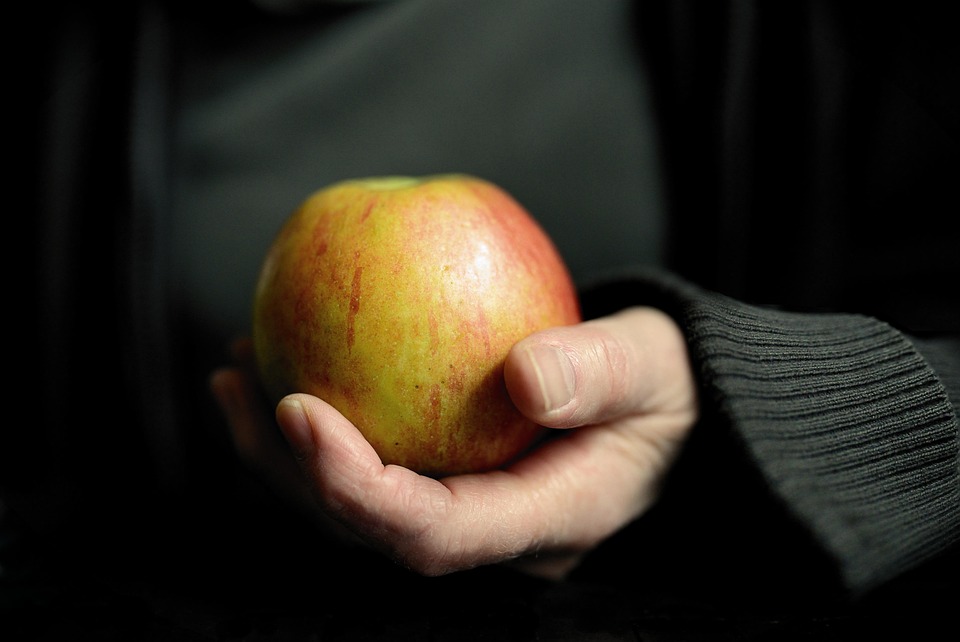Fast food is more than just quick meals; it’s a cultural phenomenon that has permeated our daily lives. Yet, have you ever wondered what goes on behind the scenes to create the burgers, fries, and tacos we love so much? Understanding the intricacies of fast food production helps demystify this culinary world and reveals the technology, labor, and creativity that drive it.
The Supply Chain: Where It All Begins
The journey of your favorite fast food begins with a complex supply chain. Farmers grow the ingredients—like potatoes for fries or cattle for beef—utilizing large-scale agricultural practices. These ingredients are harvested, processed, and transported to regional distribution centers. Companies often partner with suppliers who meet their strict quality standards, which include food safety, sustainability, and ethical sourcing practices.
Once the ingredients arrive at the fast food chain’s restaurant, they undergo a series of quality checks. This meticulous process ensures that every burger patty or chicken nugget meets the brand’s established standards.
Centralized Production Facilities
Many fast food chains utilize centralized production facilities to maintain consistency and efficiency. In these facilities, mass quantities of food items are prepared, cooked, and packaged for distribution to individual locations. For instance, burger patties might be grilled and frozen before being shipped out. This allows for rapid assembly in restaurants, ensuring that customers receive hot, fresh food in record time.
The use of centralized kitchens not only ensures uniformity in taste and quality but also allows companies to streamline their operations. However, it raises questions about the connection between local farms, local communities, and fast food chains.
Robots and Automation
In recent years, automation has transformed the fast food industry. Many chains are investing in robots and advanced technology to increase efficiency and reduce labor costs. Automated fryers can cook batches of fries to perfection while minimizing human error. Similarly, robotic arms are starting to flip burgers or assemble sandwiches with astonishing speed and accuracy.
These innovations not only enhance the speed of service but also contribute to food safety by reducing human contact with raw ingredients. However, this shift towards automation raises important questions about the workforce and the future of jobs in the fast food industry.
Culinary Creativity: Menu Development
The process doesn’t end with production; creativity plays a massive role in fast food. Companies spend significant time and resources on menu development. This process involves extensive research into consumer trends, taste testing, and nutritional analysis.
Fast food chains often roll out limited-time offers or seasonal items to keep the menu exciting. Popular products can lead to fanfare and social media buzz, creating a sense of urgency among customers to try the newest offerings.
Moreover, with the growing demand for healthier options, many chains are diversifying their menus. Incorporating plant-based items and healthier alternatives requires careful consideration of taste, texture, and cooking methods to ensure they meet customer expectations.
Quality Control and Safety
Quality control is paramount in the fast food industry. Health inspections and food safety regulations ensure that every item served to customers is safe to eat. Restaurants implement stringent guidelines for food storage, preparation, and cooking, with staff trained to adhere to these protocols.
Additionally, many chains have adopted comprehensive traceability systems. This means they can track the origin of ingredients, allowing them to quickly respond to any foodborne illness outbreaks. This transparency fosters customer trust and loyalty, which is increasingly important in today’s consumer landscape.
The Fast Food Experience
Finally, the fast food experience encompasses everything from the layout of the restaurant to the efficiency of service. Chains often invest in appealing designs, comfortable seating arrangements, and digital ordering systems to enhance customer satisfaction.
Moreover, with the rise of delivery apps and online ordering, the fast food experience has evolved beyond traditional dine-in models. This evolution has prompted many chains to rethink their strategies for engaging customers and delivering their food efficiently.
Conclusion
Fast food is a remarkable blend of agriculture, technology, creativity, and meticulous planning. The next time you enjoy a burger or a taco, remember the intricate journey it took to reach your hands. From farm to table, the fast food industry is a world of innovation and adaptation, continually evolving to meet the changing tastes and needs of consumers. Understanding this behind-the-scenes process can deepen your appreciation for the meals you enjoy and encourage more informed choices in your fast-food experience.



